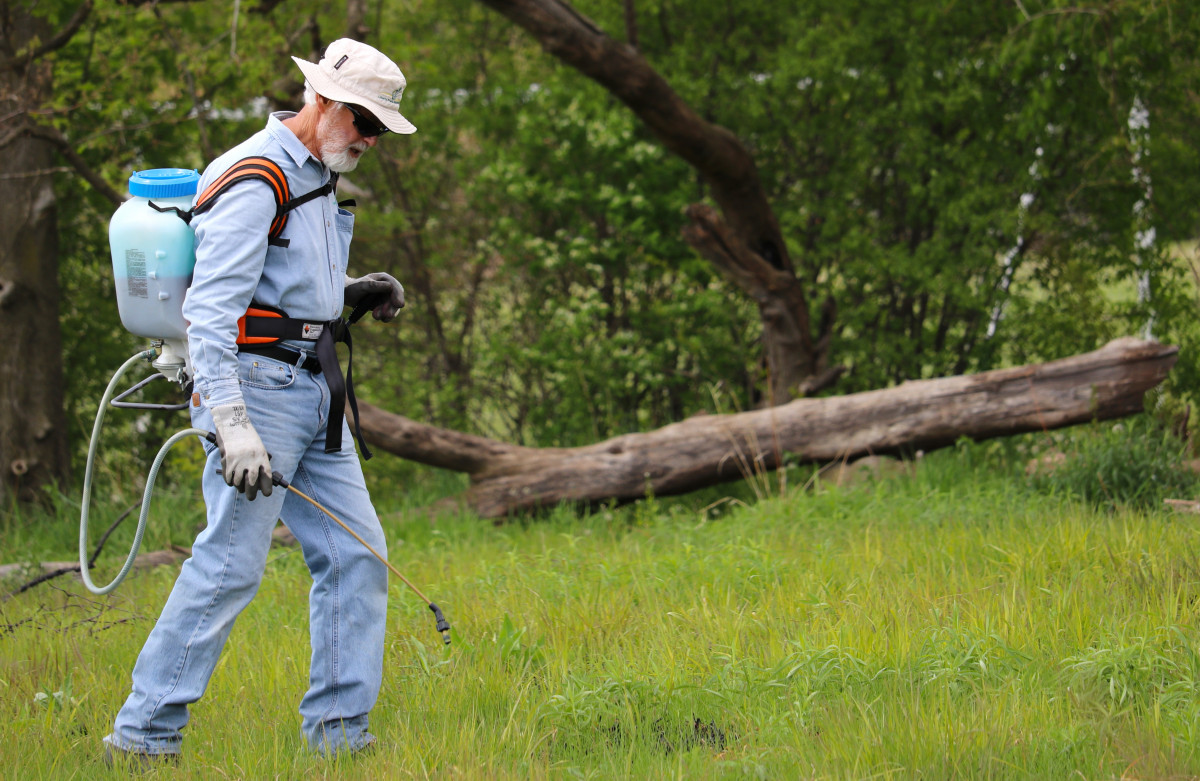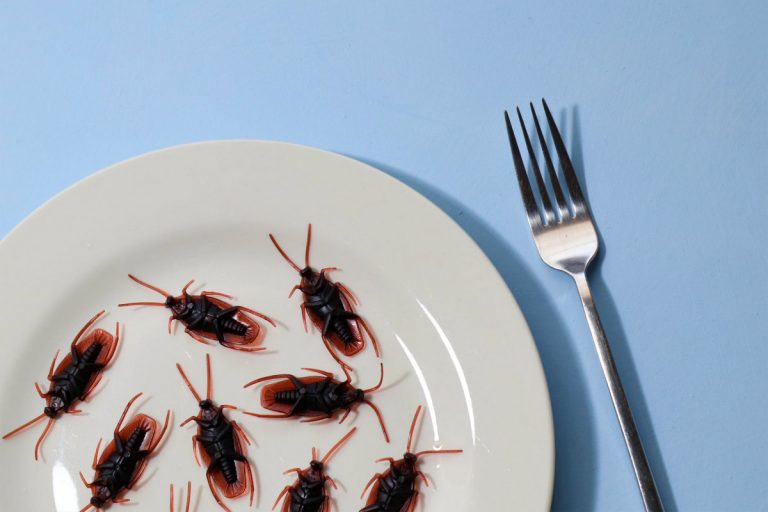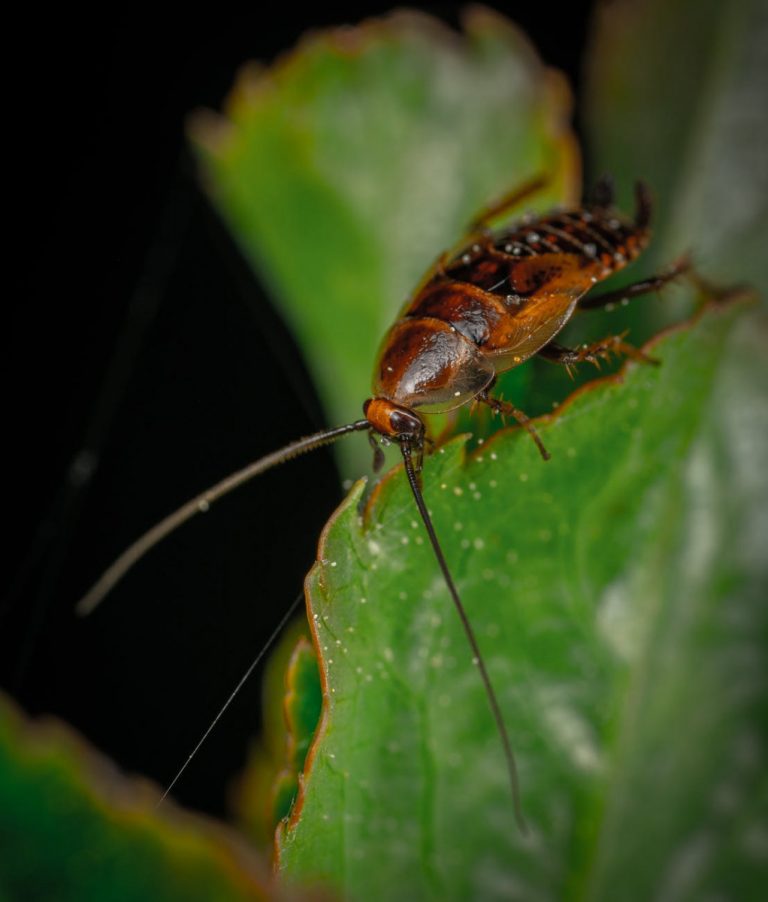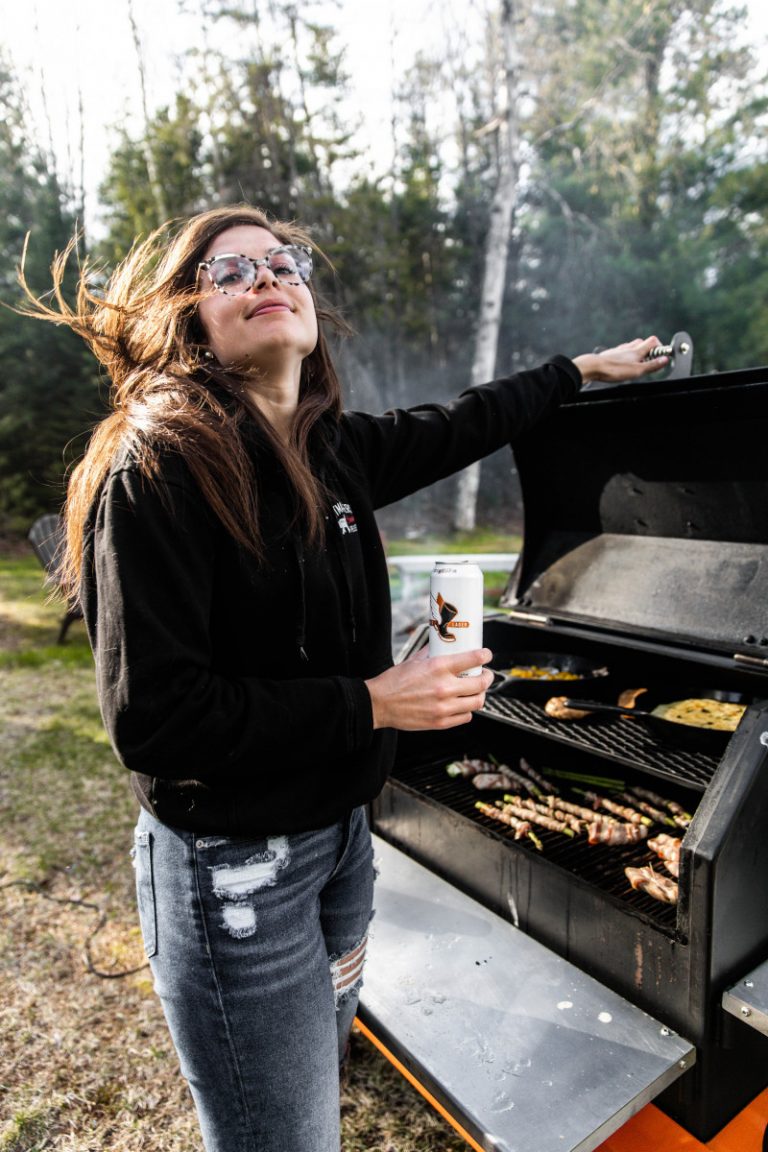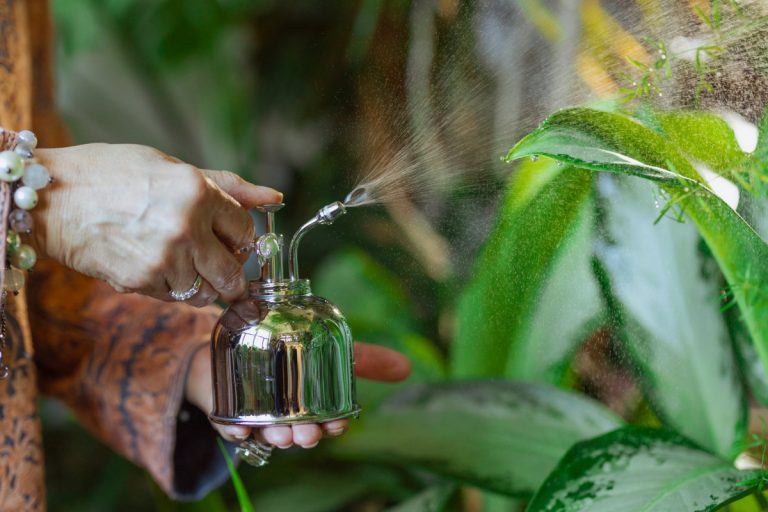11 Things You Should Know About Backpack Sprayer Before Buying One: The Guide To Safety, Selection And Maintenance 2022
If you are purchasing a backpack sprayer for the first time, you will undoubtedly have some questions concerning its maintenance and use. We compiled answers to frequently asked sprayer questions below.
Quick Navigation
What Is a Backpack Sprayer and How Do You Use It?
A backpack sprayer is a portable apparatus that consists of a tank and a wand with a spraying nozzle attached to the end. It is used to distribute chemicals precisely and evenly without touching them. It not only protects your hands from chemical burns, but it also allows for spot and guided spraying, allowing you to destroy weeds without harming your plants.
✅ Best Field King 190328 Backpack Sprayer
Best backpack sprayer you’ve ever owned – The sprayer tank seems substantial. The extension wand and tube are amply long. The nozzle assortment is adequate. The spraying operation for lawn use is as expected. A hose strainer would be an inexpensive plus. The harness is well-padded.
Because of their enormous variety, selecting the finest backpack sprayer is a difficult task. To make the best decision, one must first understand why and what sort of sprayer is required. The pump type and power source of modern sprayers are used to classify them.
These are popular and reasonably priced flats. A piston pump, which produces pressure inside the chamber and propels chemicals to the wand, where they are sprayed out, is included in their design. These sprayers’ main advantages are their ease of use and wide pressure range. However, a piston backpack sprayer is less resistant to powerful chemicals than a diaphragm backpack sprayer.
Instead of an inner chamber with a piston pump, they have a diaphragm. They can pass through liquids containing tiny abrasive particles and are resistant to severe harmful substances. Diaphragm units are often more costly than piston units.
Sprayers are classified into the following categories based on their power source:
- Manual pumps are used to generate pressure in these machines.
- Sprayers that are powered by gasoline.
- Battery backpack sprayers with rechargeable motors are available.
The last two solutions are costly; they are related to professional gardening equipment. You’ll seldom need them unless you’re dealing with large areas, such as parks.
What Are The Critical Backpack Sprayer Parts & Components?
The quality of backpack sprayer parts and components is critical since it impacts the lifespan and durability of the device. Despite the fact that different models have varied construction, the majority of them share identical elements. The following are the components that can be found in practically any sprayer.
- A tank is chemical storage.
- A pump is in charge of producing pressure and transferring chemicals.
- A flexible tube that links a tank to a wand is known as a hose.
- A wand is a rigid hose extension used for precise spraying.
- Nozzles come in a variety of shapes and sizes, depending on their intended application. Various sprayer types come with a variety of nozzle sets.
- Clamps and fittings are in charge of leak integrity.
- A powered sprayer includes an engine.
Even if you have previous experience with other models, we strongly advise you to read the handbook before constructing a sprayer. The truth is that Roundup backpack sprayer parts differ somewhat from FlowZone sprayer components, thus you may overlook anything critical.
Things to Consider When Buying a Backpack Sprayer
If you do not want to be dissatisfied with your purchase, you must consider a number of factors. When it comes to selecting a backpack weed sprayer, the following features are crucial.
- Is it better to use a manual or a motorized sprayer?
Manual sprayers are less expensive, yet they offer certain advantages. As a result, they are far more convenient for pesticide application on the spot. They are also more lightweight and portable: they can be moved about without the use of special trolleys. A manual sprayer is a better option for a small or medium-sized garden.
Motorized sprayers are strong machines capable of covering large areas. They can generate more pressure, making them a more effective alternative for dispersing chemicals over a broad area. They also frequently offer a variety of added functions that improve convenience. They are more costly than manual units.
- The Pump Design
Sprayers using piston pumps are less expensive and operate more rapidly, but they are easily damaged by some harsh chemicals, especially those containing abrasive components. Diaphragm pumps are more chemical resistant and long-lasting, although they are slightly more costly. Before purchasing a sprayer, ensure that it can handle the chemicals you want to use.
- A Spray Wand
Check the substance of the sprayer wand before purchasing the gadget, since it is crucial. Because some herbicides and pesticides are particularly harmful, the possibility of leaking must be ruled out. A stainless steel wand with brass fittings is the finest option.
- Selection of Nozzles
Extra nozzles increase a sprayer’s flexibility. There are nozzles for spot and guided application, as well as spray nozzles. Examine the provided choices and ensure that they fit your requirements. It’s a good idea to find out if you’ll be able to purchase spare nozzles separately.
- Easy Repairability and Durability
Always read backpack sprayer reviews to find out how long it will last and how dependable it is. Don’t forget to look into the product’s warranty. Remember that even the greatest devices break down from time to time, so be sure you can get replacement parts for your model and fix or replace the broken components.
What To Know About Backpack Sprayers Before Buying?
- A backpack sprayer is a multi-purpose tool that may be used to clean windows, buildings, and cars, as well as whitewashing and washing big animals.
- The only option to treat large palms with chemical combinations from the land is to use a strong backpack sprayer.
- Motorized sprayers are commonly used in industrial agriculture to treat large areas of land in a short period of time.
- Spraying should be done with a mask and gloves, according to experts. A mask will protect you from the hazardous mist, and gloves will shield you from any spills.
- Garden sprayers made from fire extinguishers are popular among do-it-yourselfers.
How to Use a Backpack Sprayer?
Using a backpack sprayer is a simple process. That being said, there are a few things to think about before you start spraying pesticides on your garden. Here’s an example of a popular directive.
- After unpacking, you must assemble your sprayer according to the instructions. In most situations, it is extremely simple: simply connect all of the components as specified on the box.
- Check the sprayer’s calibration. If there are many nozzles provided, select an appropriate one; determine an ideal amount of pressure; and determine the wand length (in case it is adjustable). The handbook contains detailed information regarding the calibration of your backpack sprayer. When calibrating, always use clean water.
- Make the chemical solution. The majority of fertilizers and weed herbicides must be dissolved in water. The combination is often made in a separate container.
- Pour the prepared combination into the sprayer tank, taking care not to come into contact with the hazardous preparation with your hands.
- Screw the tank cap on firmly and check that no liquid is leaking anywhere.
- Put on a backpack sprayer, adjust the straps, and start spraying.
- Remember to rinse the sprayer with clean water after each use.
Backpack Sprayer Safety Rules and Other Tips
Here are some general guidelines for making the sprayer work safer and more efficient. In reality, most often occurring problems may be readily avoided by adhering to a few basic guidelines.
- Always release pressure when you finish working in order to prevent a fast wearing-out of the unit.
- Always remove pressure as you complete operating to avoid premature wear and tear on the item. When there is high pressure within the tank, all of the fittings, a cap, and gaskets must bear an additional weight, reducing their lifespan. There is a risk of reservoir breaking in the winter because frozen water expands, and if the tank is full of compressed air, there is simply no room for the expansion.
- Purchase repair kits ahead of time. Problems can come out of nowhere. If you have extra high-quality O-rings, gaskets, fittings, and so on, you can solve minor problems in a matter of minutes.
- Before each usage, inspect your sprayers for leaks and other issues. Ascertain that all of its components are securely fastened and that the amount of pressure is suitably set. It takes little time and aids in the prevention of significant issues.
- If you own an agri-business and utilize sprayers on a large scale, make sure all of your employees understand how to use the Roundup or Shindaiwa backpack sprayer appropriately, as different units have different mechanisms of action.
How to Maintain Your Sprayer?
To keep your sprayer in good operating order and to extend its life, remember to empty or dispose of any residual chemicals once you’ve completed working. Running a gallon of clean water through the pump will clean all of the backpack sprayer components. It is suggested to add anti-freeze liquid to the tank throughout the winter.
How Far Can a Backpack Sprayer Spray?
It is determined by the type of sprayer, the length of the wand, and the nozzle employed. The shorter the distance, the broader the jet. Most sprayers can spray from a distance of 20-30 feet.
Can I Spray Water Sealant through My Sprayer?
Yes, many sprayers work with water sealants. The best option is to consult the sprayer instructions and examine the sealant labels. Sprayers with a brass wand are commonly used with water sealants.
Does a Sprayer Require Constant Pumping?
Motorized and battery-powered sprayers do not require any pumping since they automatically produce continuous pressure within the tank. Manual sprayers need regular pumping, however this does not have to be done on a continuous basis. Once the pressure in the tank is established, you can spray for an extended period of time.
Can I Use a Weed Killer and Insecticide in the Same Sprayer?
It is preferable to use separate sprayers for various types of chemicals since some pesticides and herbicides are incompatible with one another and can harm your plants if used together. It is OK to alternate the two types of chemicals in an emergency, but the sprayer must be thoroughly cleaned with a mixture of 1/25 ammonia water.
===> Find Even More Related Good Ideas ===>
Other Garden Enthusiast Are Reading:
✅ Trending
- Top 10 Garden Sprayer Reviewed For Pros And All 2022: Find Your Best Fit And Maintain Your Garden At Ease
- All You Need To Know Before Your Garden Sprayer Purchase: The Essential And Convenient Plant Maintenance Tool FAQs 2022
- Best Ultrasonic Pest Repeller Review 2022 (For Outdoor/Electronic/Purizzy/Maxmoxie/Bed Bugs)
✅ Outdoor Garden Design And Tips
- Guide To Understand The Jew’s Ear Mushroom 2022 | Benefits, Uses, Remedies, Cures & Side-Effects
- Why DIY Is Definitely The Way To Get The Garden Jobs Done?
- How To Create A Greener Garden Space: Ultimate Guide To Making Your Loved Outdoor Space Eco-Friendly 2022
✅ Indoor Design And Tips
- How To Choose The Right Log Cabin For Any Garden? (2022)
- How To Select The Right Roman Blinds For Your Home: Your Perfect Interior Curtain Guide 2022
- Calling Everyone With A Small To Tiny Garden
✅ Even More Great Products
- 20 Outdoor Furniture Ideas To Make You Happy In The Garden 2022
- Beginner’s Guide To Mastering Garden Shears 2022: Tips On Safety, Selection, Maintenance And More
- 5 Ideas To Decorate For A Moroccan Caravan Style Garden Party 2022: Invite Your Friends To A Stylish Summer Party
✅ Sustainable Lifestyle Products And Tips

